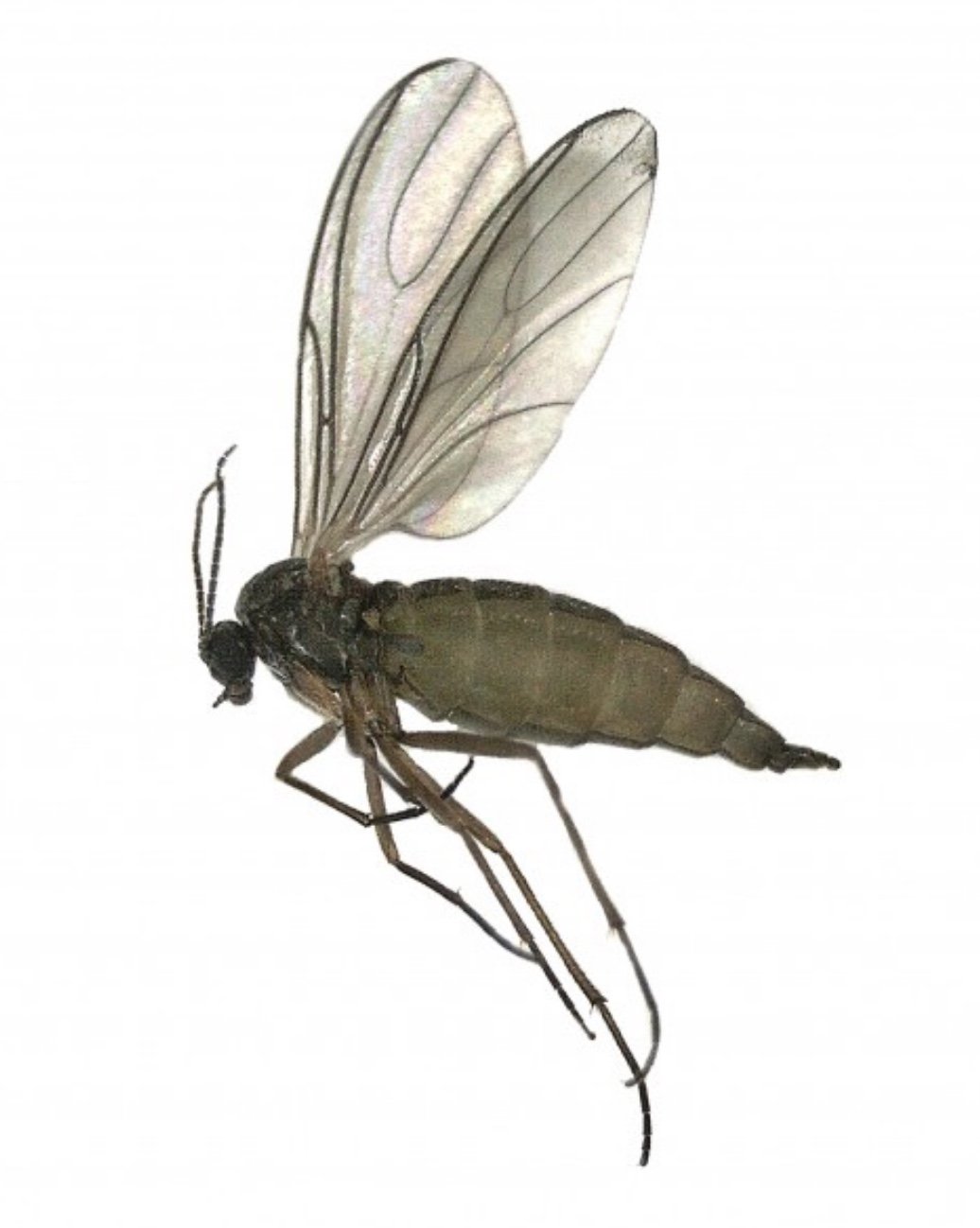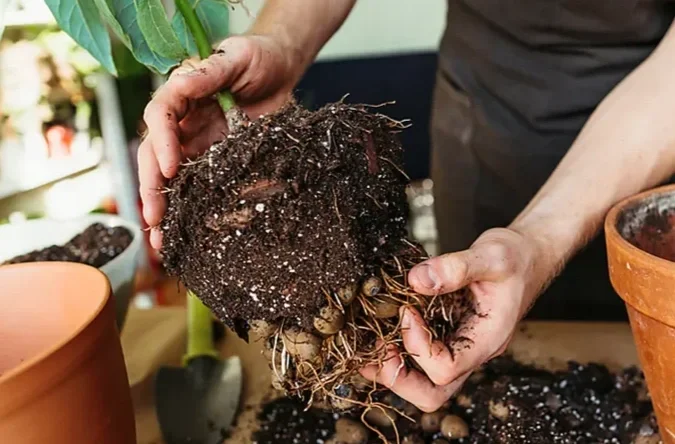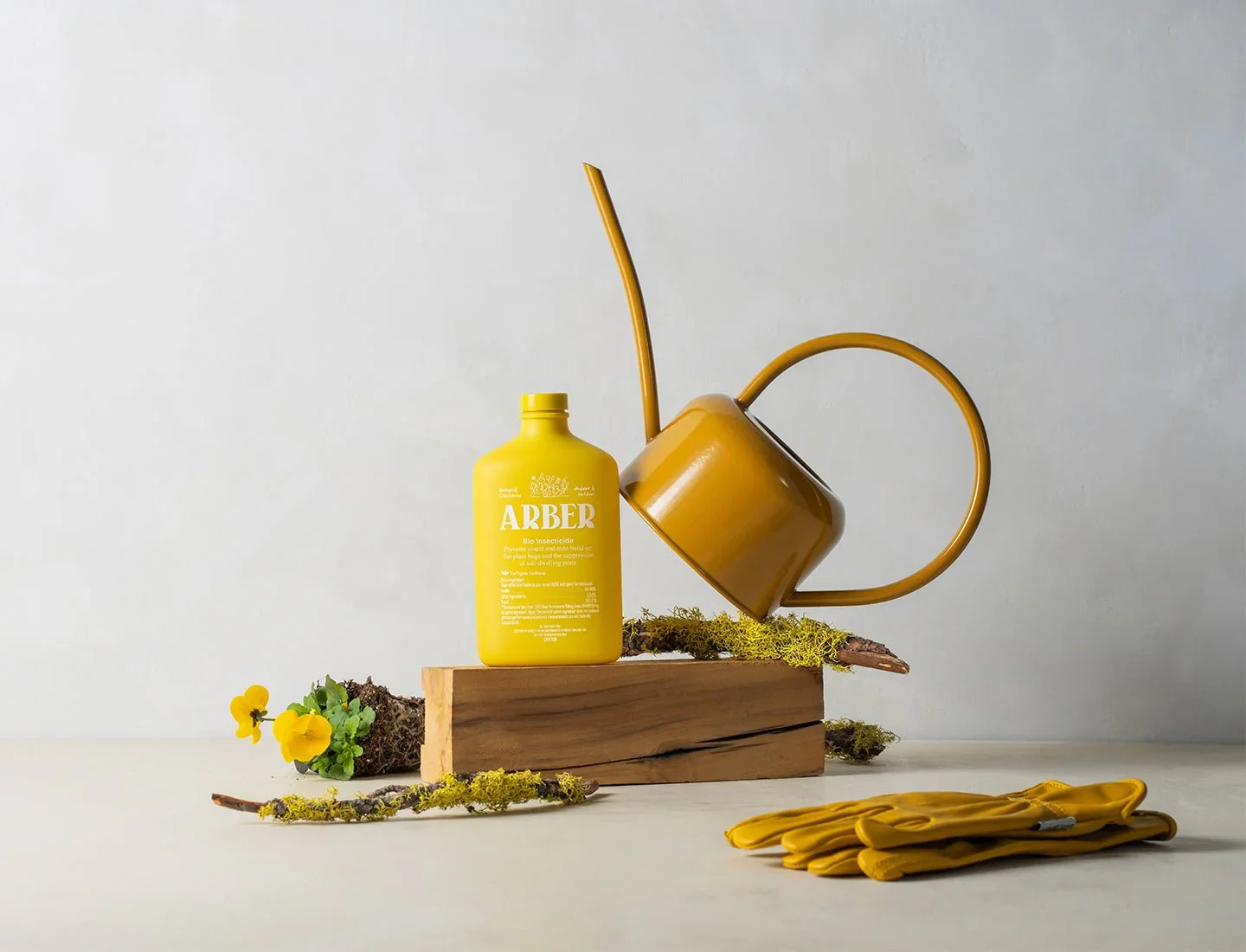How to Finally Get Rid of Those Pesky Gnats
Say goodbye to those tiny flying pests and hello to healthy, happy plants.
If you have ever gone to admire your favorite houseplant and been greeted by a buzzing cloud of tiny flies, you are not alone. Those unwelcome guests are most likely fungus gnats, and although they are more irritating than dangerous, ignoring the problem can only make it worse. Thankfully, with a little understanding and the right tools, you can kick the little flies out of your home and keep your plants happy too.
So what exactly are fungus gnats? Often confused for fruit flies, they are tiny dark brown or black flies that thrive in moist soil. Adult fungus gnats are about ⅛” long with translucent wings, and their larvae look like pale worms with a black head. While not aesthetically appealing, the adults don't cause any real harm to the plant, but their larvae live in the soil and feed on organic material, sometimes fragile plant roots. If the larvae population gets out of hand, that’s when a bother becomes a real health problem to the plant.
Fungus Gnat Larvae
Adult Fungus Gnat
Where do they come from, and why are they thriving in your plants? Often gnats hitchhike their way into your home via another plant, contaminated soil, or fly undetected through open doors and windows. Their ideal breeding ground is moist soil, heavily compacted, or loaded with organic decaying debris. Overwatering your plants is the leading cause for creating a perfect gnat infestation environment. Think of gnats as a sign that your plant care routine may need some adjusting.
Sticky traps aid in diagnosing the issue and in capturing flying pests around your plants.
The first step in eradicating the pesky pest is to let the soil dry out between waterings. Most plants can handle a break from the constant moisture, and a dry top layer of soil makes it harder for gnats to reproduce. In extreme cases, you may also need to change out old potting mix for clean, well draining soil for a fresh start.
The next step would be to apply an insecticide for further larvae control. That’s where our secret weapon Arber Bio Insecticide comes in. This organic pest control uses a naturally occurring soil bacterium, Burkholderia, that is cultured and fermented to produce compounds and metabolites that enhances the plant’s natural defense system. Once ingested by pests, their exoskeletons become damaged and interfere with their molting process
Using Arber Bio Insecticide safely and effectively is easy.
For soil drenching the pests, use 4 capfuls of bio insecticide per 1 gallon of water and water your plants as usual.
For treating the leaves, mix 1 capful per 32 ounces of water in a spray bottle. Be sure to spray into a rag before wiping leaves rather than spraying directly to avoid leaf burn.
Bio Insecticide should be reapplied every 2 weeks until the problems have cleared.
Gnats might be persistent, but they don’t stand a chance once the watering routine is adjusted and Arber is used wisely. With a little effort you can reclaim your favorite houseplant and get back to admiring your greenery pest free.







